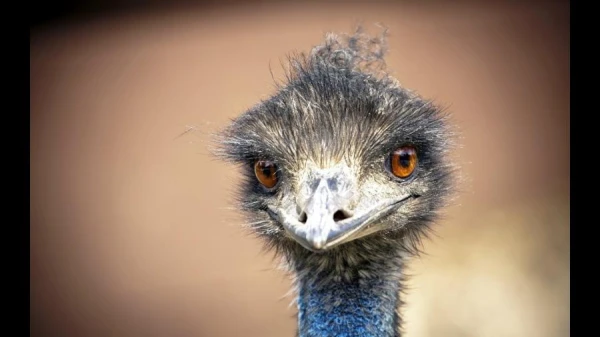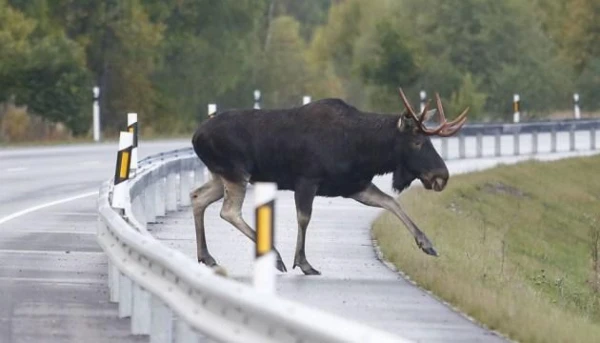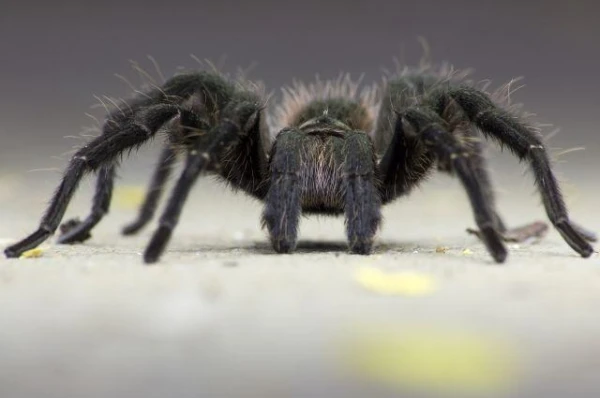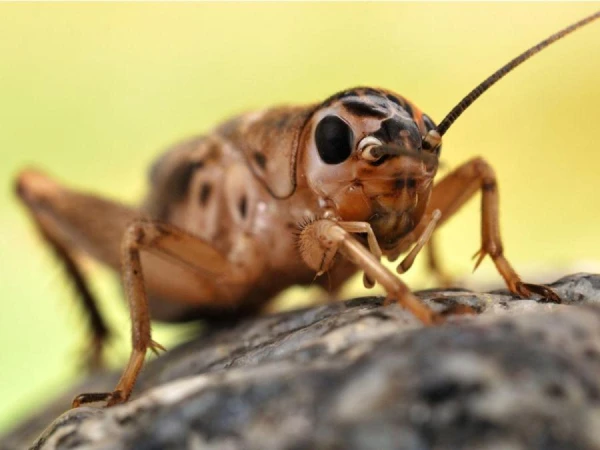
The Colombian Ministry of the Environment has launched a program aimed at the export and euthanasia of animals that pose a threat to the country's biodiversity. The most significant invasive species are the hippos brought to the country by cocaine baron Pablo Escobar, which have unexpectedly reproduced.
Colombia has initiated a new campaign to sterilize invasive hippos. By the end of 2023, it is planned to capture, anesthetize, and sterilize 20 hippos. This program is part of the government’s strategy to reduce the rapidly growing population of hippos that have settled along the Magdalena River.
Additional measures include sending hippos to reserves and zoos abroad, and, controversially, culling some animals. Colombia's Minister of the Environment Susana Muhamad announced this plan at a press conference.
“There are questions about how this process will be carried out, especially euthanasia, but it seems the government is moving in the right direction,” noted Jorge Moreno-Bernal, a biologist from the Northern University in Barranquilla (Colombia).
“We have very little time to prevent irreversible consequences for the environment and ecosystem,” added Muhamad at the press conference.
Hippos in Colombia, considered the largest invasive species in the world, settled in rural areas after escaping from the estate of drug lord Pablo Escobar. In the 1980s, Escobar illegally imported four hippos (Hippopotamus amphibius) into the country. After his death in 1993, one male and three females quickly reproduced due to the absence of drought and predators—factors that typically keep hippo populations in check in their native Africa south of the Sahara.
According to a study commissioned by the Colombian Ministry of the Environment and published in April, there are currently 181-215 hippos in the country. According to one population growth model, their numbers could exceed 1,000 by 2050 if no control measures are taken.
Ecologists express concern that these massive animals, which can weigh up to 3 tons, are altering the composition of Colombia's main river with their waste and competing with other species, such as the capybara (Hydrochoerus hydrochaeris), for habitat and resources.
Susana Muhamad noted that after the publication of the April study, which presented data on the harm caused by hippos and recommended solutions, the government decided to take action.
“One of the main conclusions is that there is no single strategy for controlling the hippo population and their impact on the environment,” Muhamad said in an interview with Nature.
How to Control the Hippo Population
The first step will be a sterilization campaign, for which the government has allocated 808 million pesos (200,000 USD) this year. Each castration operation will take a team of eight people—veterinarians, technicians, and support staff—between six to eight hours. According to David Echeverri, head of the biodiversity management, protected areas, and ecosystem services department at the regional environmental authority tasked with conducting the campaign, three sterilization operations have already been carried out. In the coming years, the number of sterilizations is planned to increase to 40 hippos per year.
Researchers emphasize that this process will be slow and costly. “Sterilization is just the first step toward other strategies. All three strategies need to be implemented simultaneously,” says Rafael Moreno, an ecologist involved in the hippo study commissioned by the ministry.
Muhamad told Nature that a more effective strategy would be to export the animals. At the press conference, she noted that the ministry received a “concrete” offer from a buyer in India willing to take 60 individuals, and that Indian conservation authorities are considering this proposal.
Researchers who spoke with Nature are skeptical about the export plan, as they consider it potentially costly and logistically complex. According to Ernesto Zazueta, owner of the Ostok reserve in northern Mexico, interested in receiving some of the animals, exporting 60 hippos to India and another 10 to Mexico would cost around 3.5 million dollars in total.
The Colombian government will cover the costs of sterilization and possibly euthanasia, but the export will be paid for by the zoos or reserves receiving the hippos, Muhamad noted in an interview with Nature.
Problems on the Horizon
While researchers who spoke with Nature are pleased that the government is moving forward with its hippo population control plan, they are concerned that too much attention is being paid to sterilization, while the other two, more effective strategies are not sufficiently discussed. According to Moreno, after sterilization, the animals should ideally be isolated or exported. Returning them to rural areas where they could continue to harm the environment is impractical. In the past, attempts at sterilization have been ineffective, as hippos reproduced faster than they could be captured and operated on.
Ecologists argue that culling will be necessary. However, this part of the initiative is likely to face legal challenges. In 2009, after a photograph of a dead hippo appeared online, public outrage led to the cessation of population reduction efforts.
Muhamad told Nature that the Ministry of the Environment is working with experts to create an “ethical euthanasia protocol” that will be “discussed in various expert committees to ensure its effectiveness and rigor.”
“Depending on how many individuals we are able to export and how many we manage to sterilize, we will see how many animals will need to be euthanized,” she added.














Leave a comment